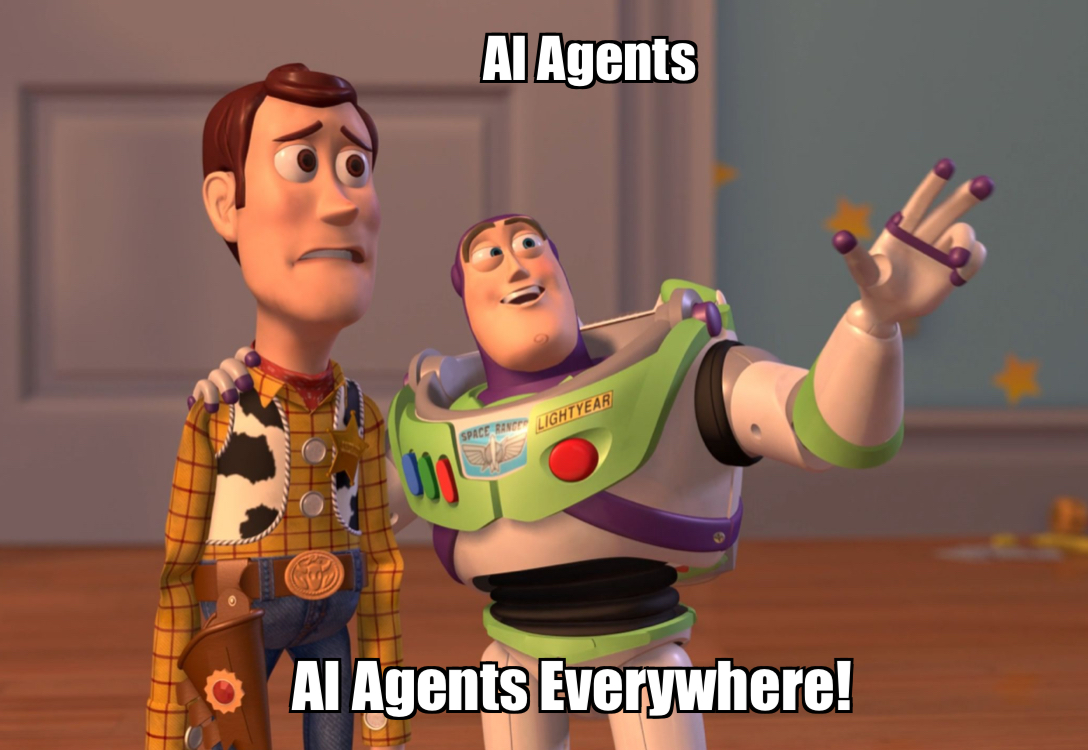We’ve trained ourselves to think long-term about everything.
“But what if this needs to scale to millions of users?”
“How will this architecture handle enterprise requirements?”
“What happens when the team grows to 50 developers?”
All reasonable questions. For the wrong projects.
I’ve watched teams spend years discussing between Symfony vs Laravel and then the problem disappeared in two weeks when company moved to java as the golden path. They were so focused on building the “right” foundation that they missed the shifting ground beneath them.
When you’re building a prototype to test an idea, enterprise-grade infrastructure is like bringing a crane to hang a picture frame.
The bias toward long-term thinking creates an invisible tax on every decision. Database schemas become more complex than needed. Code gets abstracted for flexibility that never comes. Simple features become architectural discussions.
Meanwhile, competitors ship working versions and learn what actually matters.
The irony? By the time you’ve built something robust enough to “scale properly,” the market has often moved on. Your bulletproof solution solves yesterday’s problem with tomorrow’s complexity.
I’m not advocating for sloppy work. I’m questioning our default assumption that every project needs to survive nuclear war.
Sometimes the best long-term strategy is admitting you don’t know what the long term looks like.
Build for what you know today. Let tomorrow teach you what it actually needs.
